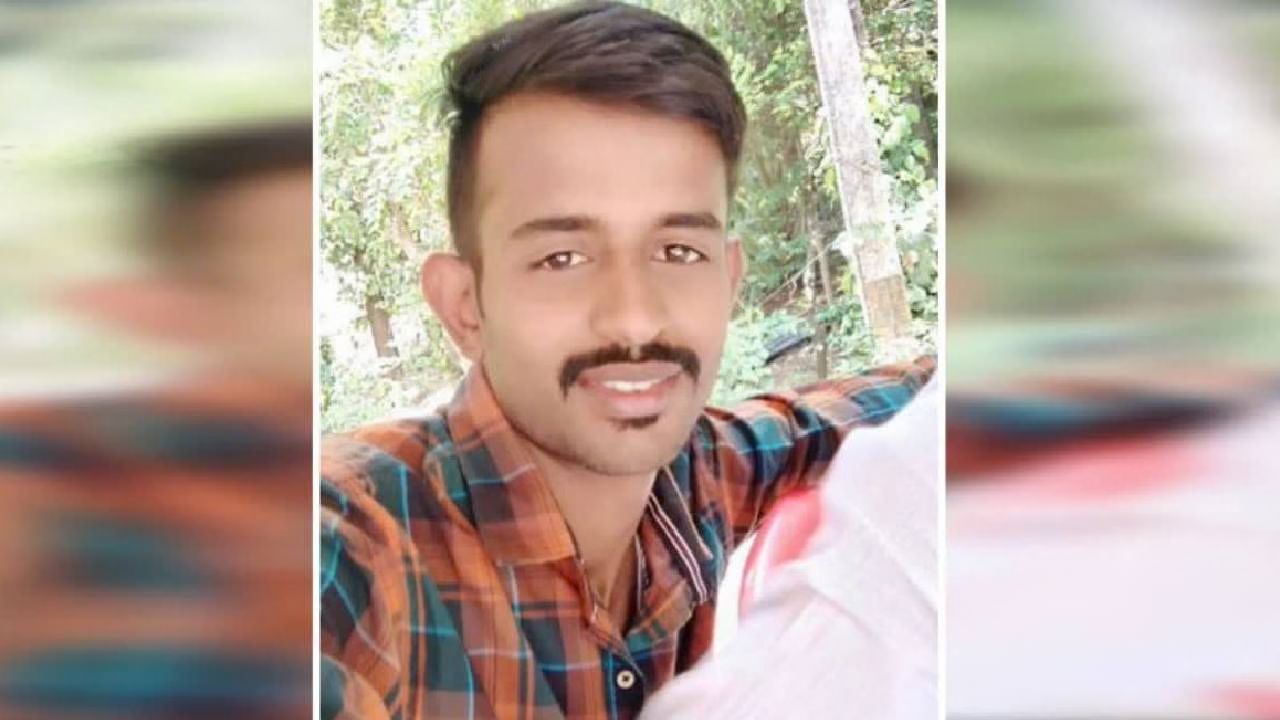Organ donation typically brings to mind the heart, liver, kidneys, or eyes, but bone donation is equally impactful. The pioneering case of Eshwara N, a 32-year-old from Jamboor village, highlights its life-saving potential
Published Dec 25, 2024 | 7:00 AM ⚊ Updated Dec 25, 2024 | 7:00 AM

Eshwar
When we think of organ donation, our minds often go to the heart, liver, kidneys, or eyes. However, one lesser-known yet equally impactful form of donation is bone donation.
It is a life-saving and life-enhancing act that holds the power to transform lives, as demonstrated in the pioneering case of Eshwara N, a 32-year-old resident of Jamboor village, Somwarpet in Karnataka.
Eshwara succumbed to severe head injuries sustained in a road accident despite intensive care at Nitte, deemed to be University Hospital.
Following his passing on Sunday, Eshwara’s sister made the noble decision to donate his organs. After counselling by transplant coordinator Akshatha Shetty and the medical team, she consented to donate his bones. Since this was a medico-legal case, approvals were secured from the police and his next of kin.
The surgical team, led by Dr Vikram Shetty, Professor and Head of Orthopaedics, and Founding Medical Director M Shantharam Shetty, performed the bone extraction under sterile conditions, replacing the cadaveric bones with plastic substitutes. Dr Varun Shetty, part of the team, noted, “This donation could save the limbs of six children affected by cancer, offering new hope to those who might otherwise face amputation.”
Hailed as Karnataka’s first-ever cadaveric bone donation, the initiative highlights the profound impact of such donations on recipients. Medical Superintendent Dr Sumalatha Shetty thanked Eshwara’s family for their selflessness, emphasising that such acts “not only save lives but enhance the quality of life for recipients,”
Bone donation involves retrieving bones from a deceased donor and preserving them in tissue banks. These bones can later be used in surgeries to treat conditions such as:
Bone Cancer: Bone grafts can replace cancer-affected bone, preventing amputation.
Trauma and Injuries: Donated bones can reconstruct limbs for those with severe fractures or deformities.
Orthopedic Surgeries: Bone grafts are often used in spinal fusions and joint replacements.
Dr Shetty explained that bone donation does not disfigure the body of the donor, and substitutes, such as plastic bone implants, are used to restore the donor’s physical appearance.
The beneficiaries of bone donation are often those at the crossroads of life-changing decisions:
Children with bone cancer: Donated bones can replace diseased sections, preserving limbs and mobility.
Accident victims: Patients requiring reconstruction due to trauma can benefit greatly.
Elderly Patients: Bone grafts can be used to strengthen weakened bones in conditions like osteoporosis.
Dr Varun Shetty, part of the surgical team, stressed that Eshwara’s bone donation would provide a second chance to six children battling cancer. Without such donations, these children might have faced amputation as their only option. Bone grafts can preserve not just mobility but also dignity and hope.
This landmark donation has set a precedent in Karnataka, illustrating the immense potential of bone donations. Medical Superintendent Dr Sumalatha Shetty said that such donations do not just save lives—they significantly enhance the quality of life for recipients.
Bone donation is still a relatively unknown concept in India, often shrouded in misconceptions and lack of awareness. Speaking to media, doctors at the hospital in Mangaluru said that this case serves as a powerful reminder that even in moments of grief, families can make decisions that provide life-changing opportunities for others.
The success of Eshwara’s bone donation should inspire a larger conversation about tissue and bone donations across India. Hospitals and medical institutions need to create awareness, and the public must come forward to support this noble cause.
By donating bones, families like Eshwara’s prove that even in the face of tragedy, hope and compassion can prevail, giving others the chance to walk, run, and live life to the fullest, added Dr Shetty.
Donations of intestines, pancreas, corneas, and even skin play crucial roles in saving lives and improving quality of life for patients with complex conditions. Speaking to South First, Dr Nagesh R, Medical Administration and Head of the Department of Anaesthesia at Kauvery Hospitals in Bengaluru said, “While kidneys and livers are commonly transplanted, the demand for lesser-known organs like the pancreas, lungs and intestines is significant, offering hope to patients with specific medical needs.” Yet, these life-saving options remain under-discussed, leading to prolonged waiting periods and untapped potential in organ donation.
Procedures like pancreas transplants can reverse severe diabetes, while intestinal transplants are critical for conditions like short bowel syndrome. Corneal donations restore vision for thousands battling blindness, and skin grafts save burn victims from fatal infections. Despite their importance, a lack of awareness limits donor numbers.
Experts agree that educating the public can bridge this gap, giving patients new hope. “Every organ donation has a profound impact, no matter how uncommon the organ may seem,” Dr Nagesh added.
(Edited by Ananya Rao)
